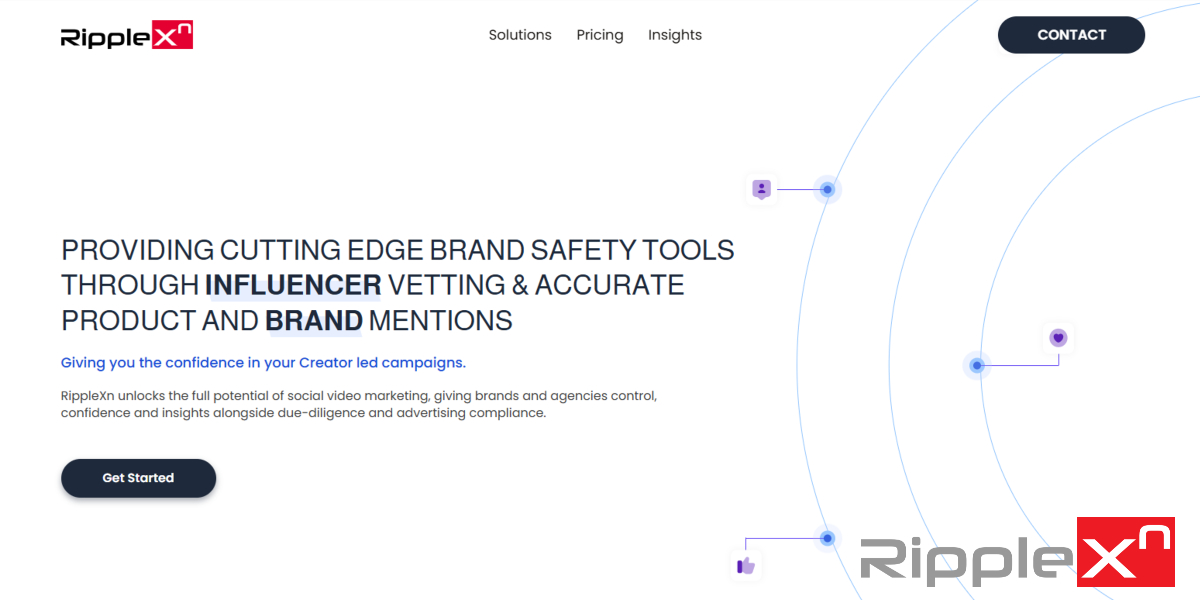Influencer marketing has become an essential tool for brands to reach their target audience effectively. However, finding the right influencers to collaborate with can be a daunting task. With millions of influencers on social media, it can be tough to identify the right one for your brand. In this blog post, we will guide you through the process of vetting influencers for your next campaign.
Finding the right Influencers for my brand
The first step in vetting influencers is to identify the ones that align with your brand values and target audience. You can use influencer marketing platforms like BuzzSumo, Upfluence, and HypeAuditor to find influencers that fit your brand. You can also use social media search tools to find influencers who are relevant to your brand.
How to reach out to Influencers
Once you have identified potential influencers to work with, the next step is to reach out to them. The best way to do this is by sending them a direct message on their social media platform. Make sure to introduce yourself, explain why you are interested in working with them, and what you hope to achieve from the collaboration.
What do I need to offer/pay them in 2023?
In 2023, the influencer marketing landscape is expected to change, and influencers will demand more from brands. It's essential to offer them reasonable compensation for their work. The payment can range from monetary compensation to free products or services. You can also offer them a commission on any sales made through their unique links. But remember that you should encourage and check that they are following full commercial disclosure rules and advertising compliance for all jurisdictions their content will be seen.
See our many other articles and guides around advertising compliance.
What are ‘red flags’ when choosing an Influencer?
When vetting influencers, there are several red flags you should look out for. These include fake followers, lack of engagement, and a poor track record of working with brands. You should also avoid influencers who do not align with your brand values & ethics.
How can I do Influencer Marketing due-diligence?
Before collaborating with an influencer, it's essential to do your due diligence. You can start by checking their social media profiles, analyzing their engagement rate, and looking at their audience demographics. We would also recommend you check for advertising compliance on previous campaigns and their language they use. Are they right for your business and specific campaign.
Summary
Finding the right influencers for your brand can be a challenging task, but it's crucial to the success of your influencer marketing campaign. To vet influencers effectively, you need to identify the ones that align with your brand values and target audience, reach out to them with a clear message, offer them reasonable compensation, avoid red flags, and do your due diligence before collaborating.
By following these guidelines, you can find the perfect influencers to help you achieve your marketing goals.






